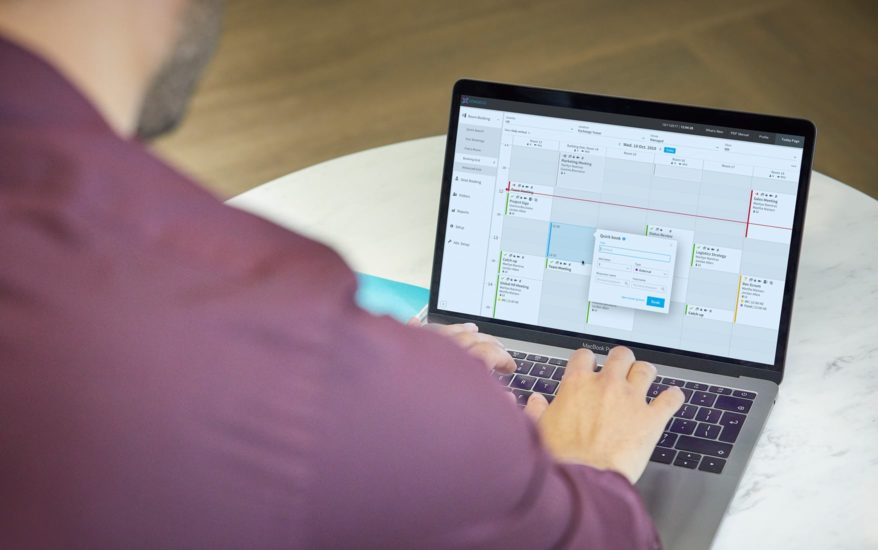
Agility is key to the future of business, and how workplaces operate is no exception to that. The offices of tomorrow must be flexible to support the changing needs of business, and a revolution in the ways employees want to work. Those who can enable this agility will increase their efficiency, be able to respond quicker to change, make their employees happier and more productive, and find it easier to attract and retain talent.
Seamless organization and a strong user experience are key to making this happen, and that’s where a comprehensive workspace scheduling solution has a big part to play. Employees have increasingly strong feelings about their working arrangements and their work/life balance, and meeting their demands will be important in aiding both their personal development and professional productivity.
Below, we look at four common demands of employees working under a hybrid model – a combination of remote and office work. We’ll explore what the consequences would be without a workspace scheduling solution, and how you can respond better with one:
“I want to choose where I work and when.”
- Without workspace scheduling: if employees want the freedom to work from the office whenever they want, then they will still need to have their own desks allocated to them all the time. This would be a very inefficient use of space as the desks would be empty any time employees are at home.
- With workspace scheduling: desks can be made bookable for specific times on a shared basis, rather than being allocated to individuals. This can ensure employees can check desk availability and book one for the time they require, while allowing the employer to cut down on desk count and make equipment and real estate savings.
“I need to know I can access meeting space whenever it’s required.”
- Without workspace scheduling: gaining access to meeting space can’t be guaranteed in what would essentially be a free-for-all. There would be no management of peaks in demand, meaning that employees could journey into the office only to find that, for example, the only meeting room big enough to accommodate everyone is already being used.
- With workspace scheduling: every meeting room has its own schedule within the system, including information on capacity and installed equipment (such as for video conferencing). Meeting organizers can then match meeting room availability to employee schedules and book the right meeting room for their needs at a time that works for everyone.
“I need to be able to book office space quickly and at short notice.”
- Without workspace scheduling: employees would have to get in touch with a third party (e.g. front-of-house or facilities employees) by phone or email in order to make a booking. This is not only inefficient, but might not even be possible if the relevant admin person is unavailable or tied up in other work.
- With workspace scheduling: employees can make the booking themselves, wherever and whenever they’re working, through the use of either a mobile app or a Microsoft Outlook add-in that are integrated with the scheduling system. They can check availability of preferred spaces, find one that suits and make the booking in seconds.
“I want to be able to choose workspaces that I enjoy working from”
- Without workspace scheduling: getting a first-choice or preferred workspace would simply be luck of the draw. If employees end up with spaces they don’t like (e.g. too close to the toilets, or suffer from poor ventilation) then they will be driven away from office work and operate more from home, rendering the office redundant.
- With workspace scheduling: when checking the availability of a workspace, an employee can check its details, including location on a floor plan and its installed equipment. Not only can they therefore book a space that suits them, but if booked regularly, it will appear as a regularly booked space within their scheduling system account for even quicker booking in the future.



